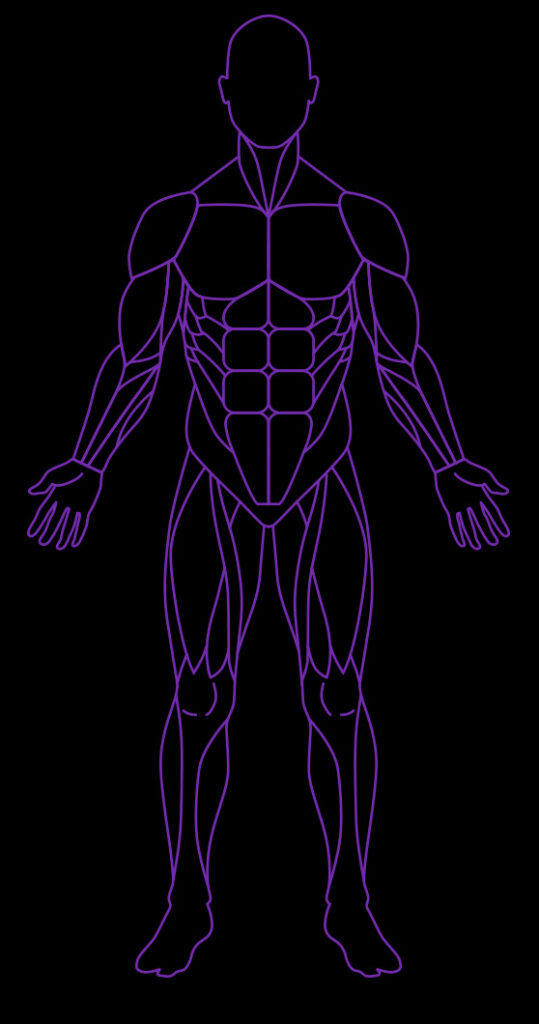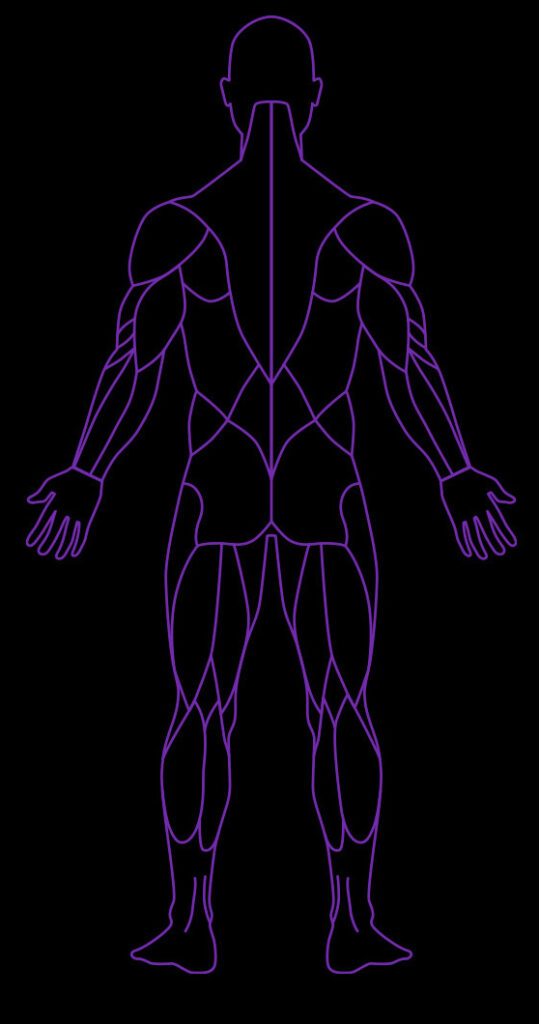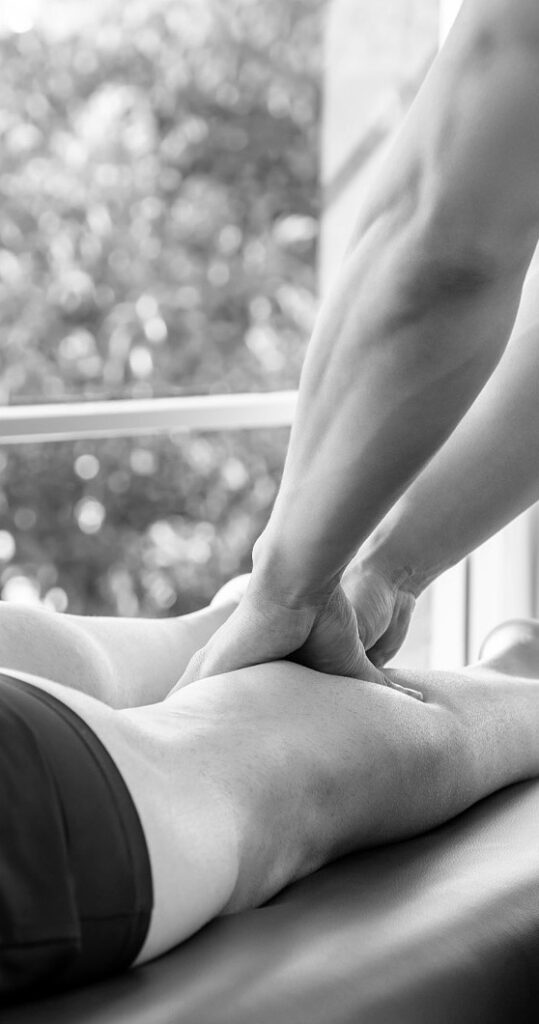
reduce pain
Increased blood flow
Rehabilitation for muscle injuries
Increased flexibility
Reduced stress
Improved immune system
Massages
Massages designed for muscles work by applying specific techniques to manipulate soft tissues and stimulate blood flow. The skilled hands of a trained massage therapist gently knead, press, and manipulate the muscles, releasing built-up tension and stress that accumulates due to daily activities, exercise, and even emotional factors. The soothing motions of the massage help muscles to unwind, resulting in improved relaxation and reduced feelings of tightness.
Beyond the physical benefits, muscle massages offer significant psychological relief. The calming environment of a massage session combined with the physical release of tension triggers the body's relaxation response. This leads to reduced stress hormone levels and an overall sense of tranquility, promoting mental well-being and emotional balance.
Massage isn't just about relaxing after a long day.
It has been used for thousands of years to decrease pain and improve movement and function of the body. Below I'll cover some of the best ways.
Type of massages:
SWEDISH MASSAGE
Swedish massage employs long, gliding strokes and gentle kneading to promote relaxation, relieve muscle tension, and enhance circulation. By soothing the nervous system, it helps alleviate pain, induces relaxation, and improves joint flexibility, leading to increased movement and overall well-being
DEEP TISSUE MASSAGE
Deep tissue massage targets deeper muscle layers using firm pressure and slow strokes. It releases chronic muscle tension, aiding in pain reduction and enhancing range of motion. The technique's focus on fascia and adhesions helps relax muscles, facilitating better movement and flexibility.
SPORTS MASSAGE
Designed for athletes, sports massage combines techniques from various modalities to enhance performance, reduce pain, and prevent injury. By increasing blood flow and releasing muscle knots, it eases discomfort, promotes relaxation, and contributes to improved athletic mobility and agility.
Cupping Therapy
Cupping involves placing suction cups on the skin to stimulate blood flow, loosen fascia, and reduce muscle tension. This technique can help alleviate pain by drawing out toxins, relaxing muscles, and promoting a sense of relaxation. Improved circulation and tissue mobility further contribute to enhanced movement.
Trigger Point Therapy
Trigger point massage focuses on specific knots or "trigger points" in muscles that cause pain and discomfort. By applying pressure to these points, it releases tension and referred pain, leading to relaxation, reduced pain, and better movement as muscles regain their natural function.
★ ★ ★ ★ ★
★ ★ ★ ★ ★
★ ★ ★ ★ ★
★ ★ ★ ★ ★
★ ★ ★ ★ ★
★ ★ ★ ★ ★
★ ★ ★ ★ ★
★ ★ ★ ★ ★
★ ★ ★ ★ ★
★ ★ ★ ★ ★

Quads (Quadriceps):
Tight quads can result in knee pain, especially around the patella (kneecap), due to increased pressure on the joint. Imbalances in quadriceps muscles can also affect the alignment of the pelvis and lead to issues with hip flexibility and overall lower limb function.
Pectorals (Pecs):
When the pectoral muscles are tight, they can contribute to rounded shoulders and forward head posture. This can result in discomfort in the neck, upper back, and shoulders, as well as restricted breathing due to decreased chest expansion.

Glutes:
When the gluteal muscles (glutes) are tight, they can cause lower back pain and limited hip mobility. Tight glutes may contribute to sciatic nerve discomfort, hip joint imbalances, and altered posture, leading to a cascading effect of discomfort throughout the lower body.
Trapezius:
Tightness in the trapezius muscles, often caused by stress and poor posture, can lead to tension headaches, neck pain, and restricted shoulder movement. The upper back and neck discomfort can radiate down the arms and cause discomfort in the upper chest and shoulder blade regions.
Suboccipitals:
The suboccipital muscles, located at the base of the skull, can become tight due to stress and prolonged periods of looking down at screens. This tension can result in tension headaches, limited neck mobility, and discomfort radiating to the temples and forehead.
Calves:
Tight calf muscles can lead to issues such as plantar fasciitis, Achilles tendonitis, and reduced ankle flexibility. When the calves are tight, they can alter the biomechanics of the lower leg, affecting gait and potentially causing pain in the feet, ankles, and knees.


About me
I've been a Coach for over a decade, but I truly felt myself embodying that role when I became a Chek Practitioner in 2020. Being able to assess people and gain a deep understanding of what they want and why helps me with someone huge. I don’t have my clients doing MORE work, my clients only do the RIGHT work.
I don’t always have the answers, but I have built a massive network of people I trust. If a question is asked that I can’t answer, I will know the person who can.